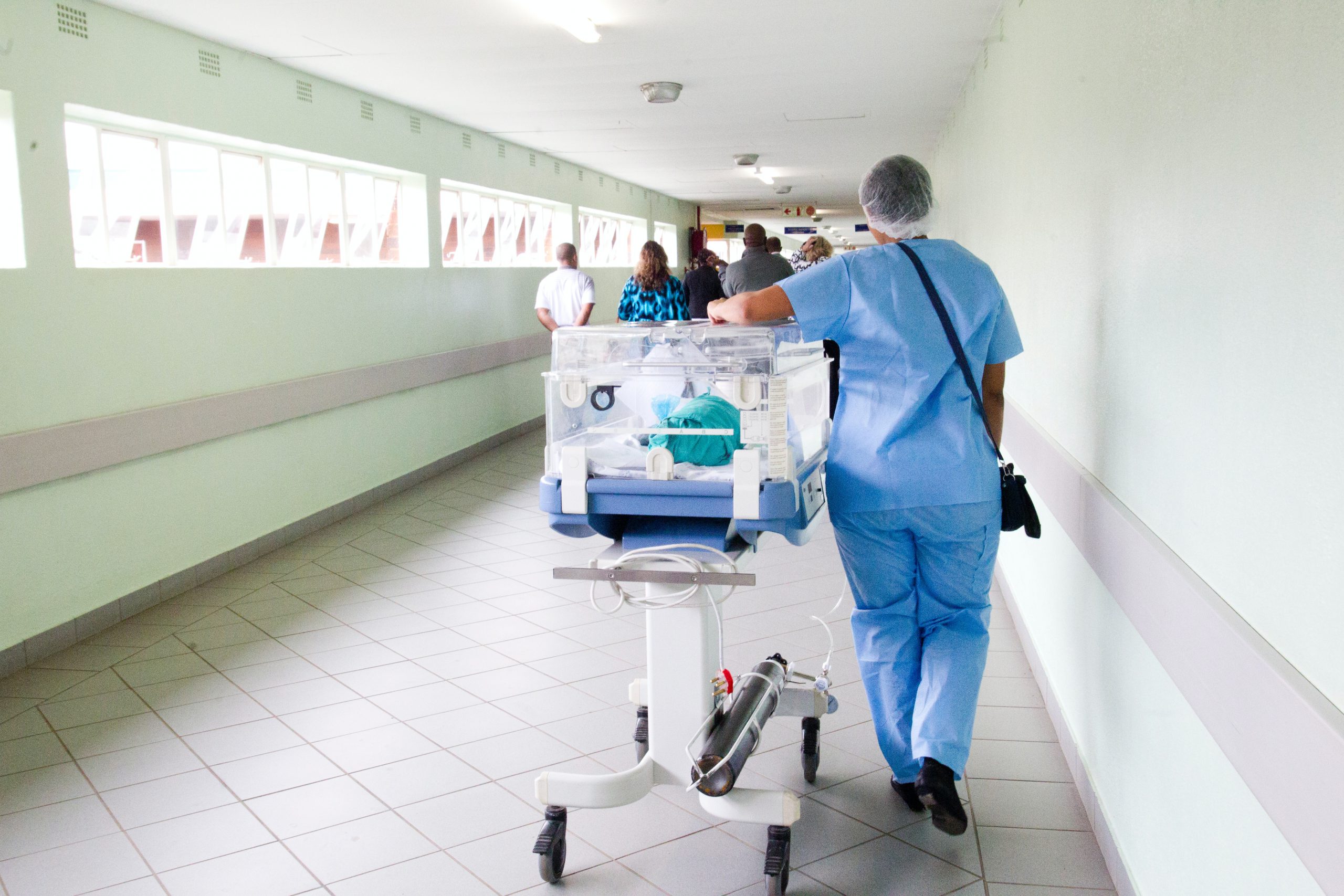As COVID-19 spreads like wildfire in the USA and throughout the world, there isn’t an industry that hasn’t seen its effects. The virus has done great damage not only to the health of individuals, but also businesses and organizations—the healthcare industry, in particular.
The Current Struggles of the Healthcare Industry and How to Cope Up
The COVID-19 pandemic has bought many challenges to the healthcare industry. A cure has yet to be found and people are encouraged to change the way they live to mitigate the risks. The virus has endangered the health of millions of people and health workers around the world, but the damage doesn’t end there.
While some countries are beginning to get back on track, others still are implementing a Shelter-in-Place order to help flatten the curve. Many communities are under strict rules to only go out whenever necessary to minimize the spread of the virus. Certain regions have found their hospitals and healthcare systems to be suffering in terms of both service and finances.
There is a need to find a more efficient workflow for the healthcare industry to recover from the financial loss while continuing to serve its purpose. One solution that Christopher Thompson, RN and director of patient experience at CenTrak, thought of is implementing Real-Time Location Systems in hospitals and clinics.
What are Real-Time Location Systems?
Real-Time Location Systems—also known as RTLs—is the technology that detects the live location of the target, whether it is a person, a vehicle, or an item. It is used in several industries including retail, military, courier services, recreation, and healthcare, among others.
How Real-Time Location Systems can help the healthcare industry
Here are some ways RTLs can provide value to hospitals, clinics, and other medical facilities during the current pandemic:
- They help medical professionals track the location of critical medical equipment.
- They can track whether medical equipment has been properly disinfected before usage.
- They allow the tracking of medical staff and patients who have been exposed to contagion through its contact tracing reports. Since the data is recorded, it will be easier to see who needs to be quarantined.
- They can automatically monitor clinical workflow. In one glance, hospital administration can see available hospital resources (staff and equipment) and distribute them as needed.
- They can contribute to the improvement of communication and coordination between the staff of different emergency departments, operating rooms, and outpatient areas.
- Once the technology-enabled OR is implemented, these systems can help update the care delivery teams, sterile processing departments, and the patient’s family about the patient’s case status.
- Patients and their records are easily tracked online. The patients’ clinical records and operational events are directly integrated into the healthcare facilities’ electronic health records.
Conclusion
RTLs are incredible pieces of technology that can improve the quality and efficiency of healthcare services all throughout the world. With the help of this technology, data accuracy and fast turnovers will be observed in hospitals and clinics. There’s no need to wait for the manual updates from the doctors and staff which will be beneficial for both parties.
The systems can help streamline the workflow of the healthcare workers while limiting physical contact with other people. The increased efficiencies, in turn, help hospitals and clinics keep up with the ever-changing needs and demands of this industry.
What are your thoughts about RTLs’ contribution to the healthcare industry? Do you think they are helpful? Visit our site for more health and medical news!


















